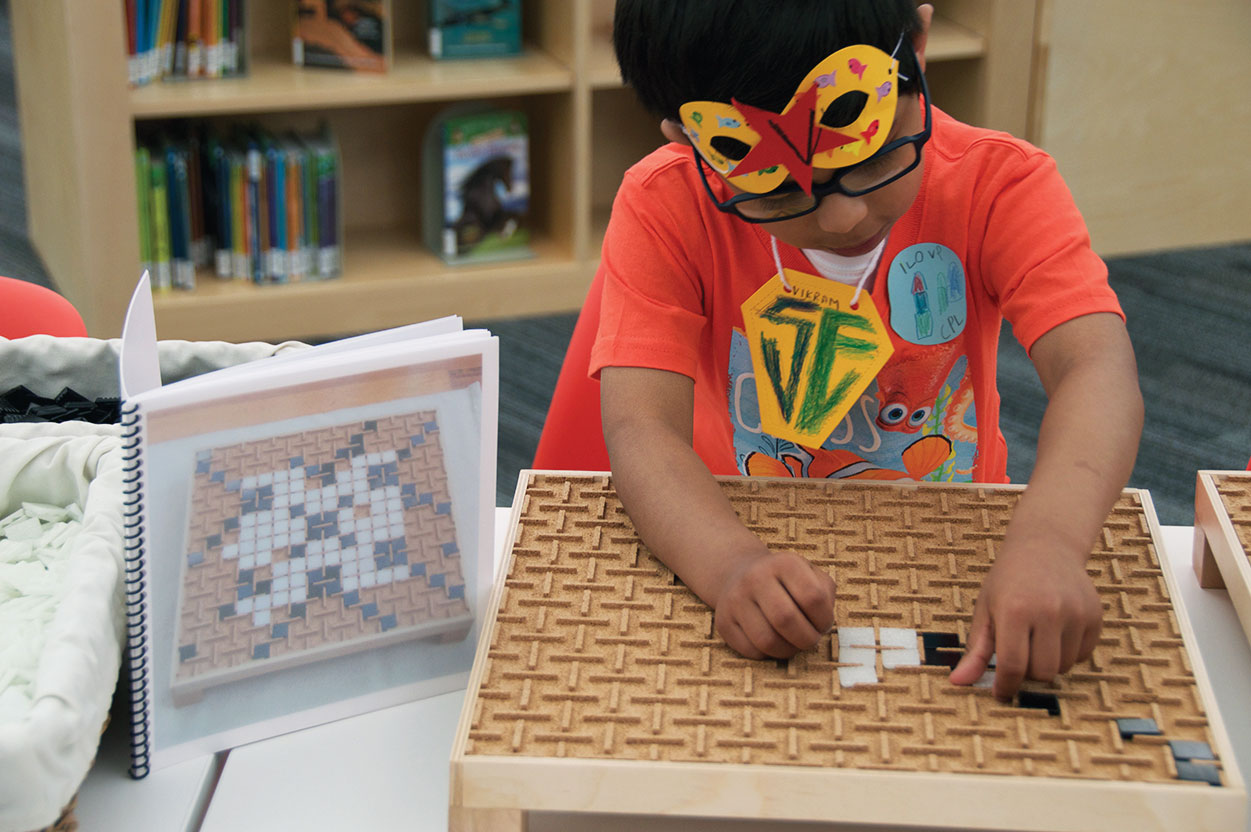What is the best way to teach young students the basics of coding? Not with a screen, says Kim Smith, SM ’17, but with wooden toys. That’s why she and Yonatan Cohen launched Learning Beautiful to bring screen-free computational toys to young learners.
Smith’s path to Learning Beautiful began at the MIT Media Lab as part of the Social Computing Group. She and fellow researchers were exploring ideas to transform youth education when discussion turned to the Montessori approach, which focuses on tactile learning. Smith was inspired by the method, which was launched more than a century ago, but also had some changes in mind. “I thought about how the critical content we want children to learn may have changed since then,” she says. “A lot of what we need to know now relates to computation and computational thinking.” This realization gave Smith the idea for wooden coding toys that could offer a tangible way to learn computational skills while giving kids a much-needed break from screen time.
The toys, many of which look like pieces of art, are simple systems that teach the basics of coding. As kids work with wooden binary towers, filling them with balls arranged by place value, they can learn about the binary number system. Or they can play with circular logic gates that represent Boolean logic, an essential part of understanding computer science.
Don’t settle for half the story.
Get paywall-free access to technology news for the here and now.
